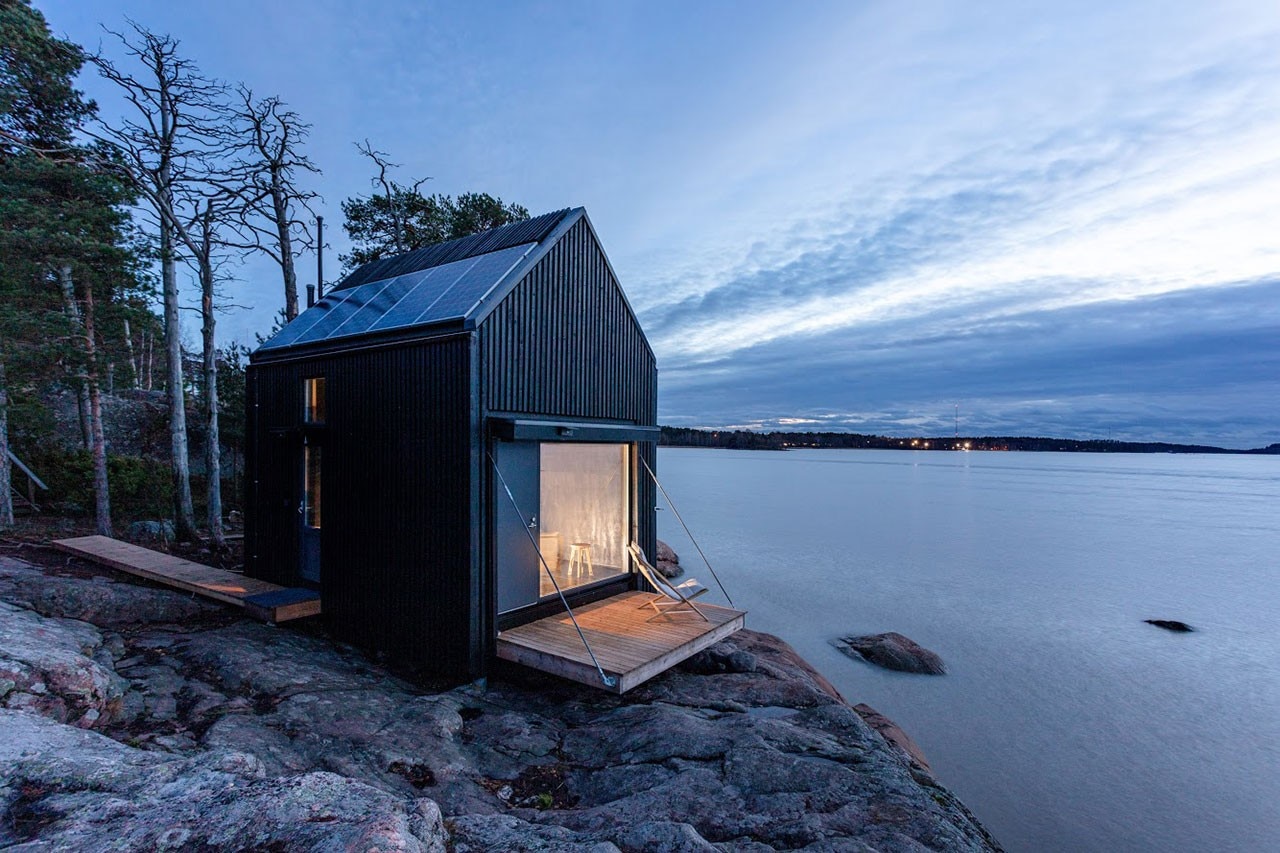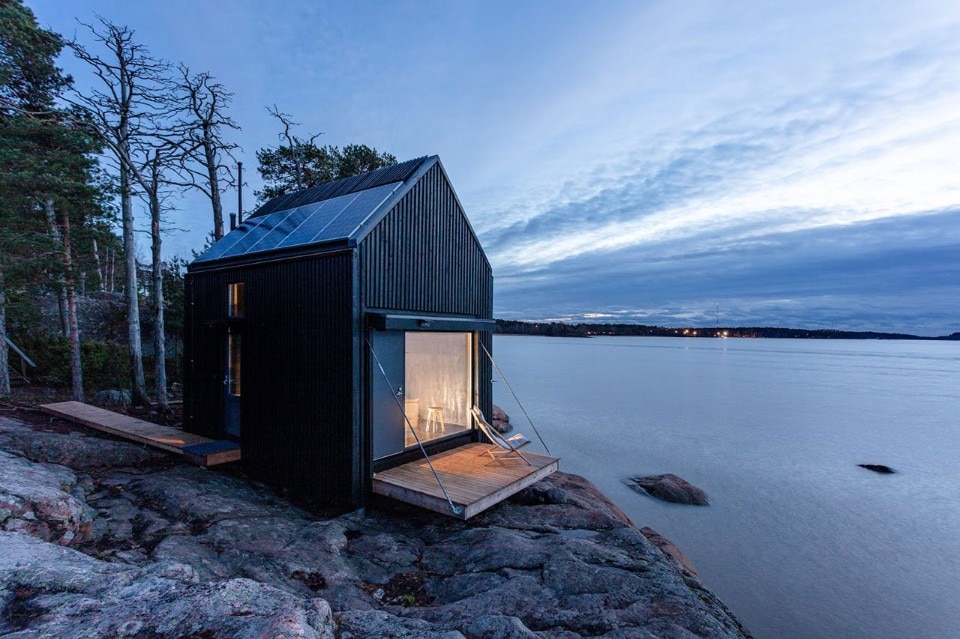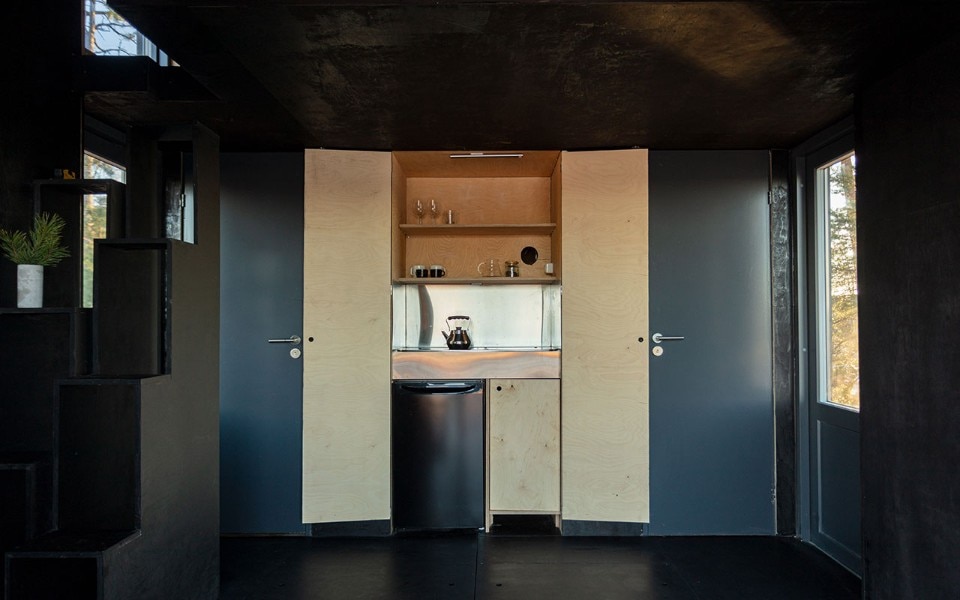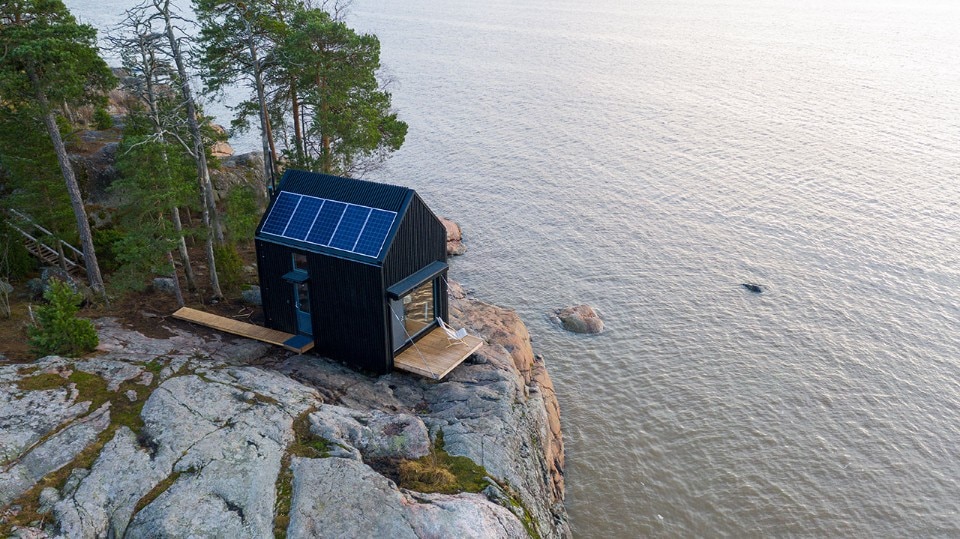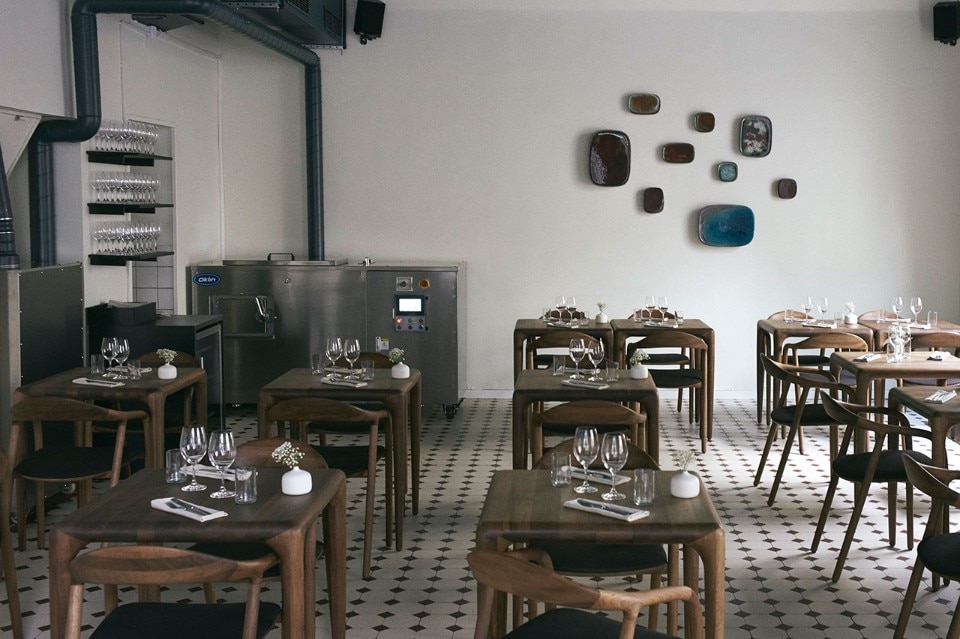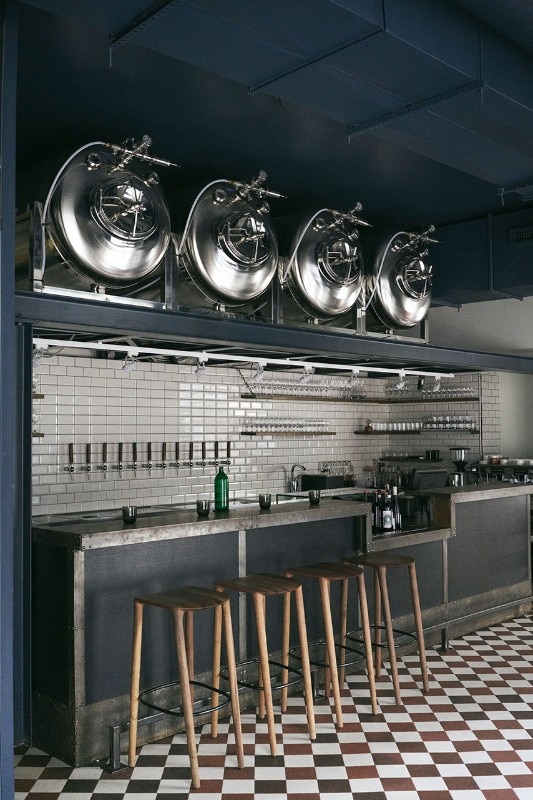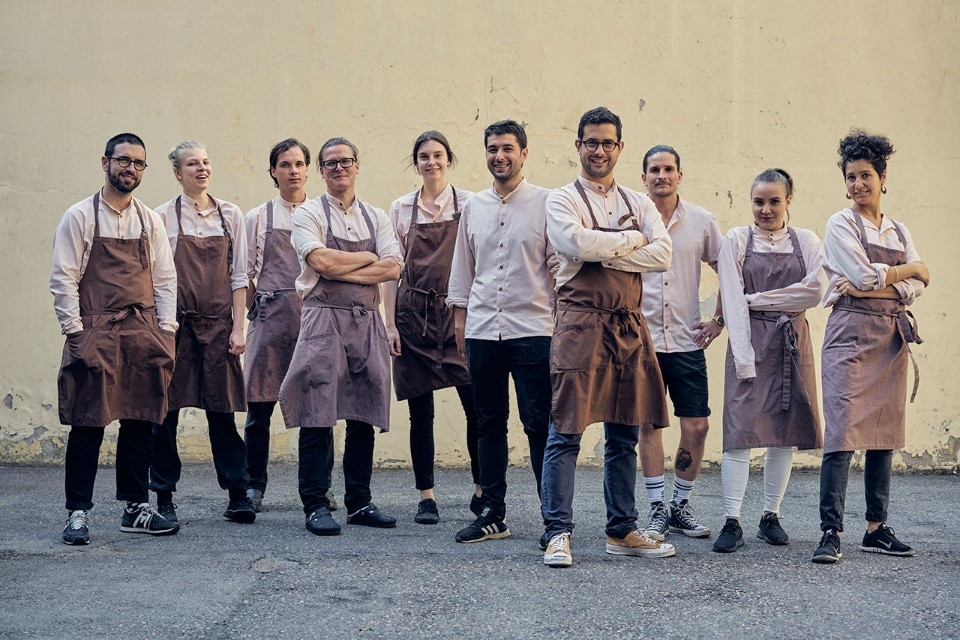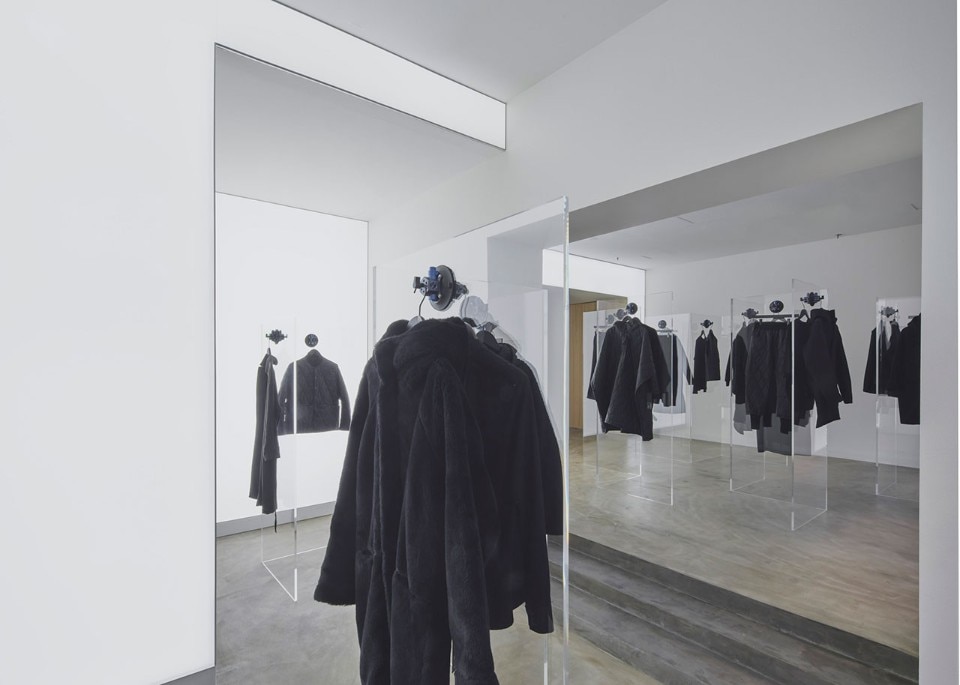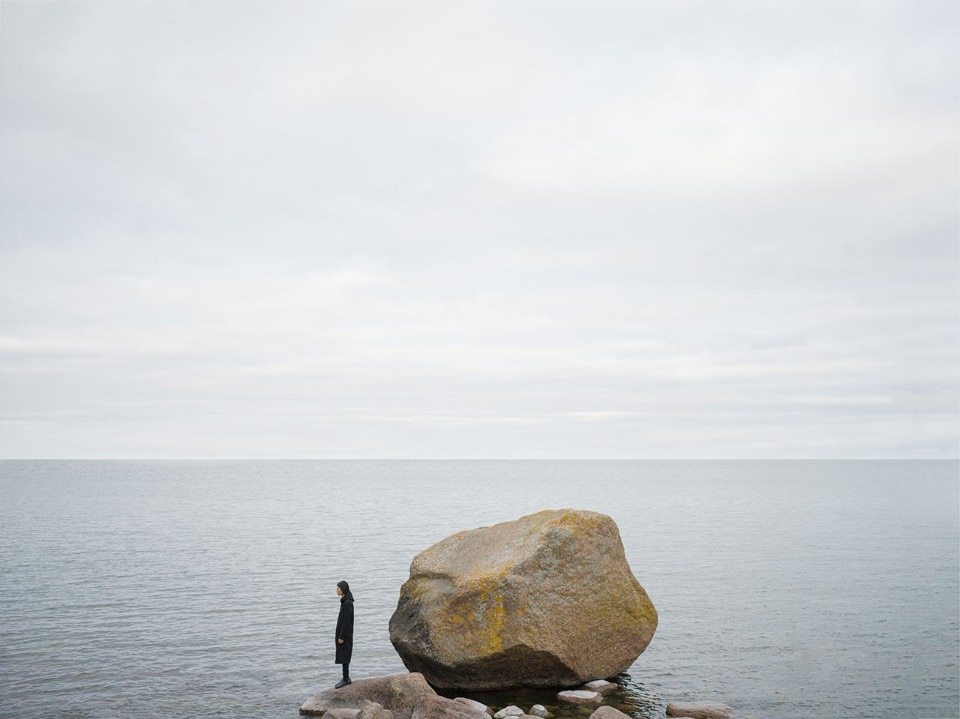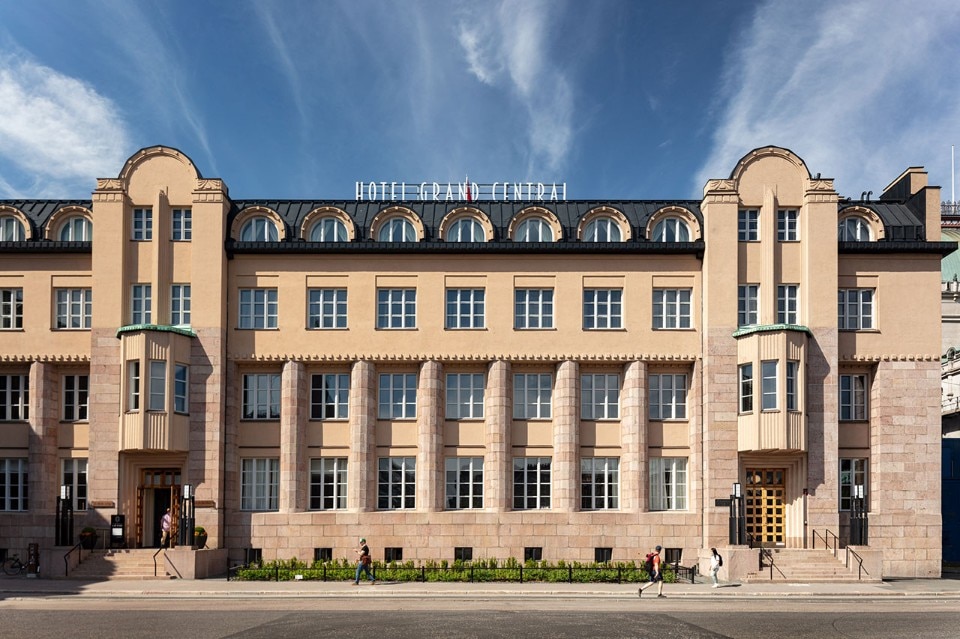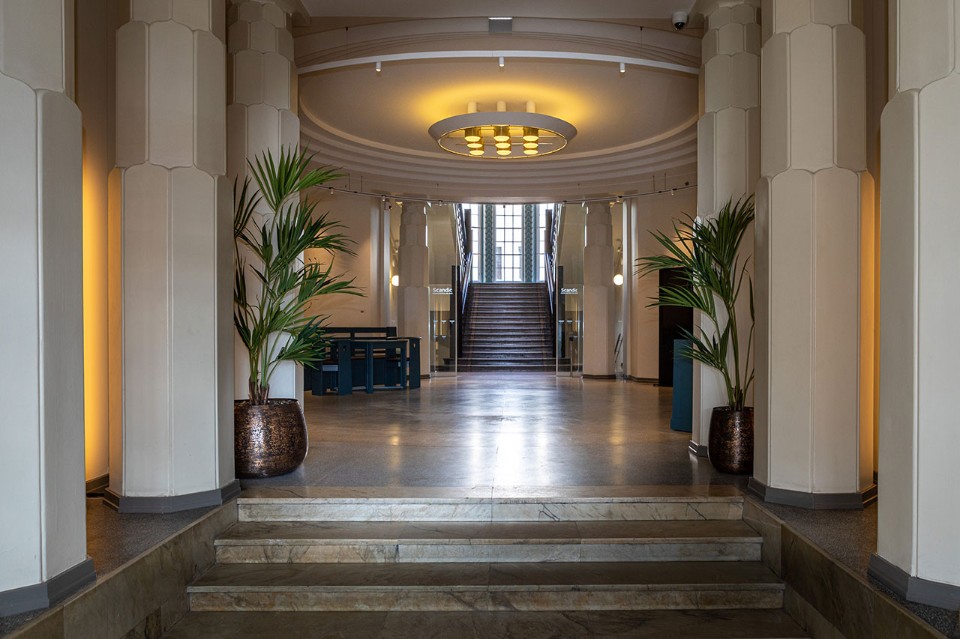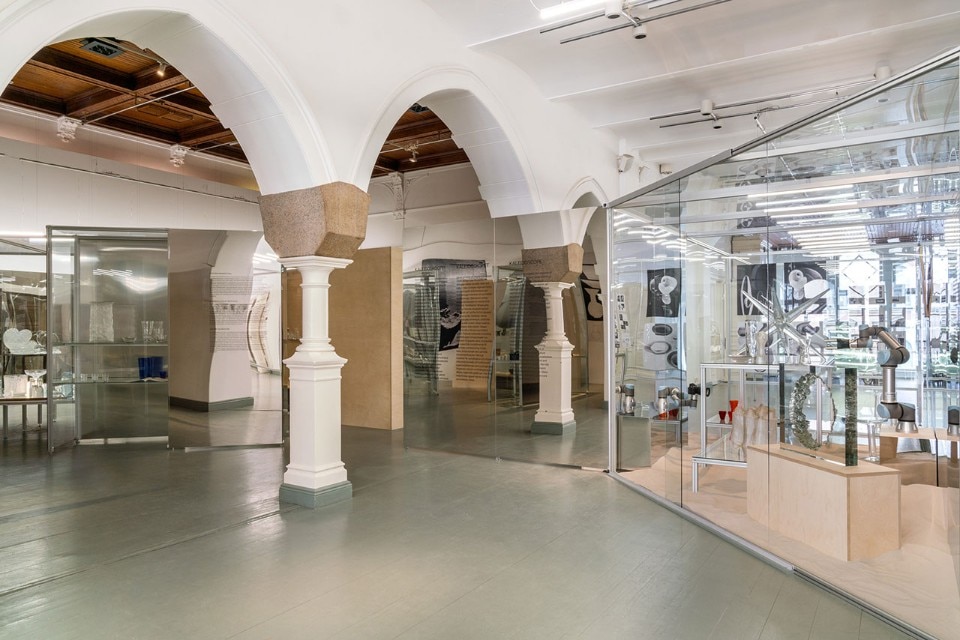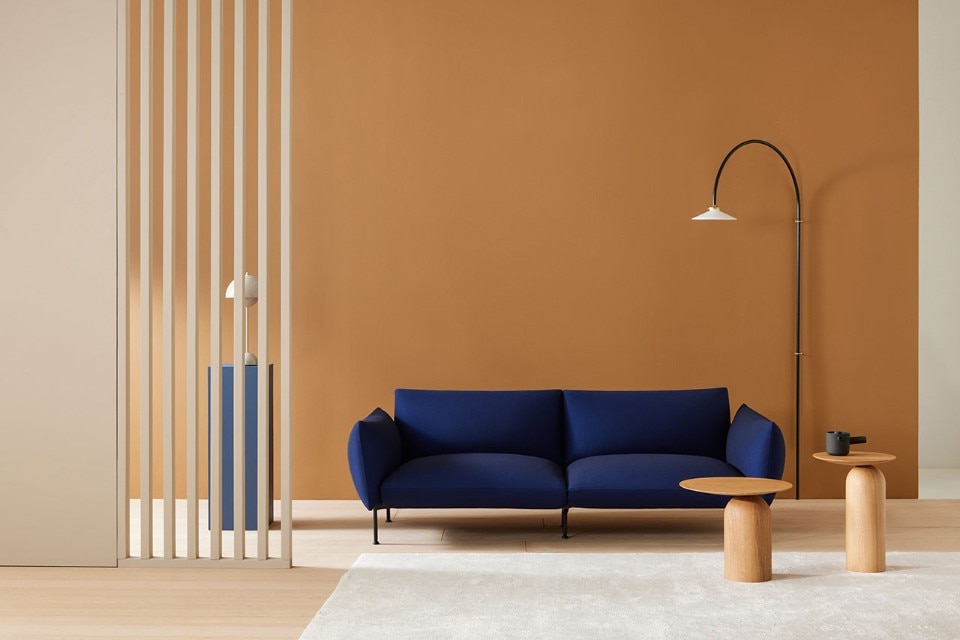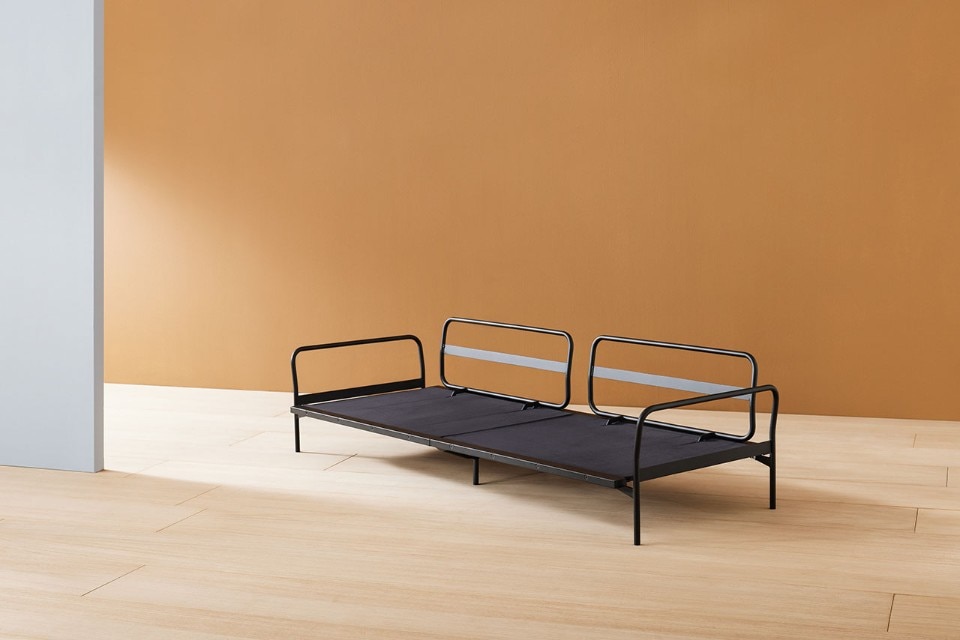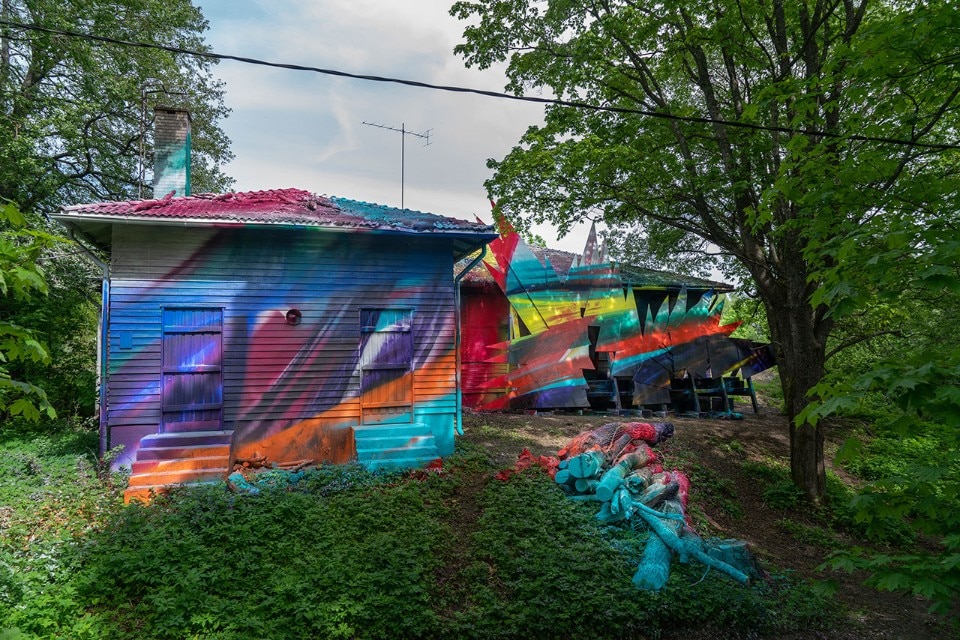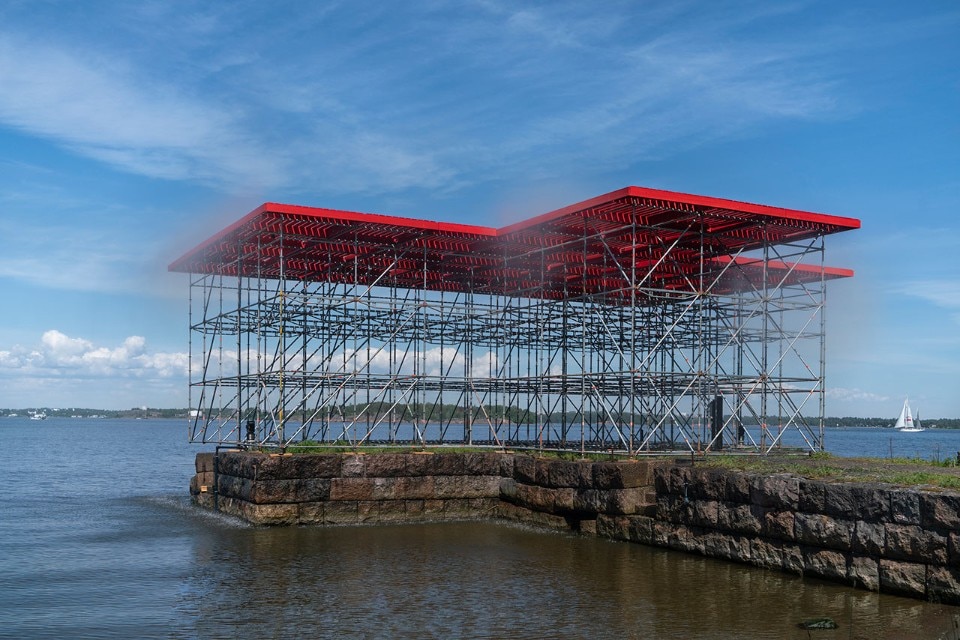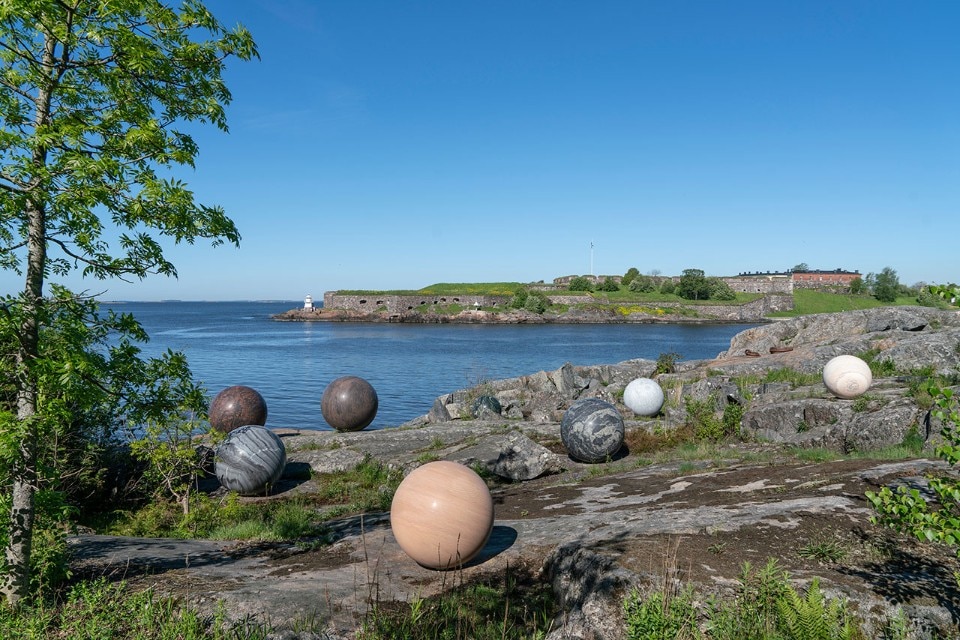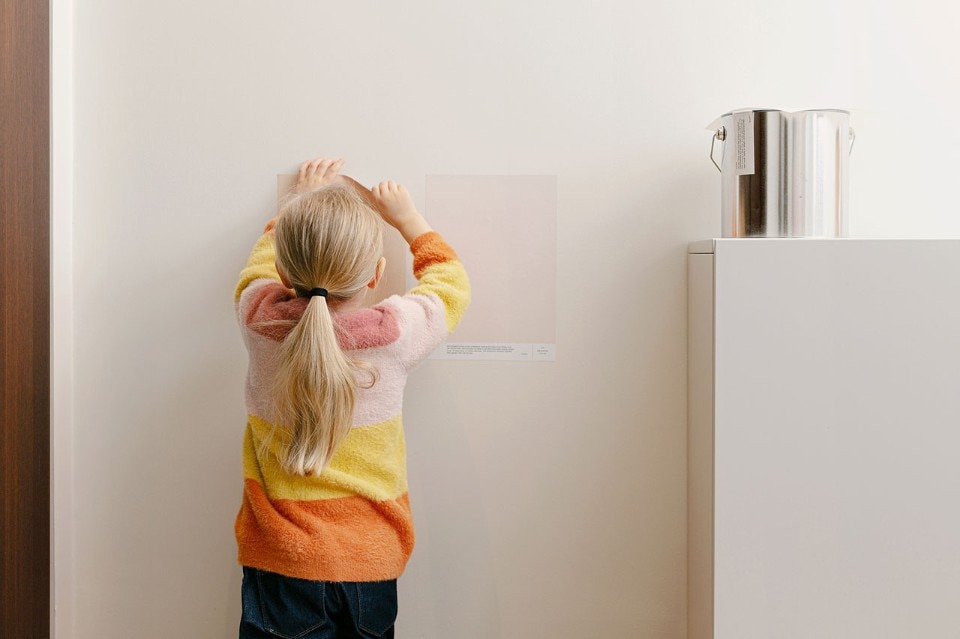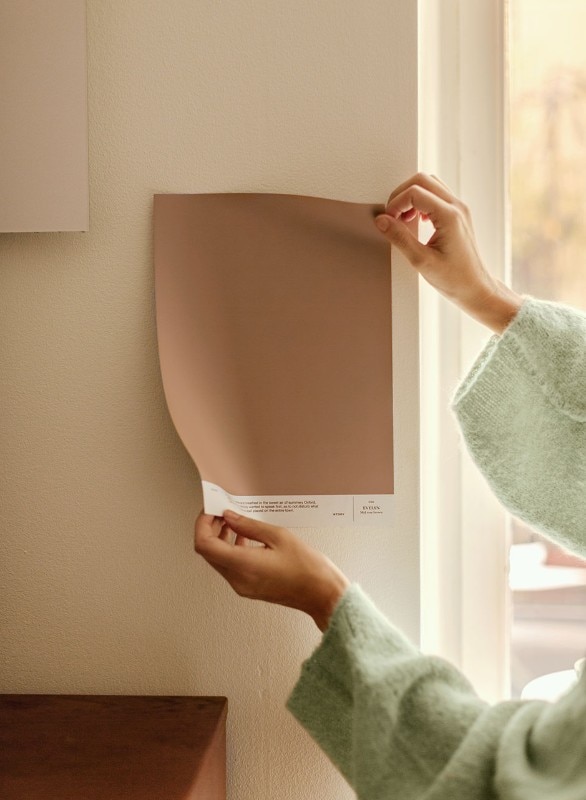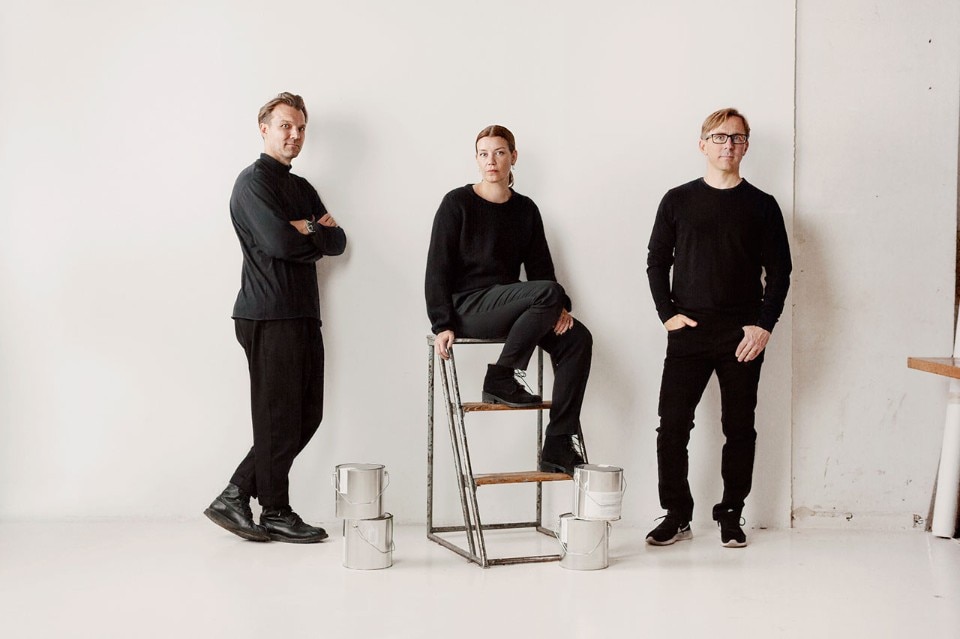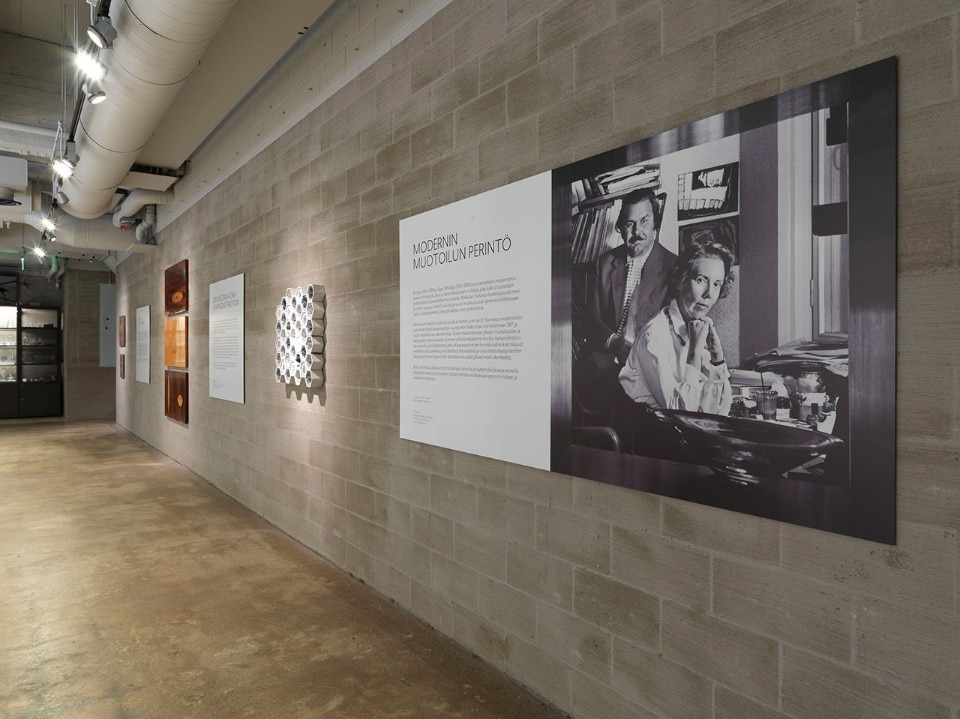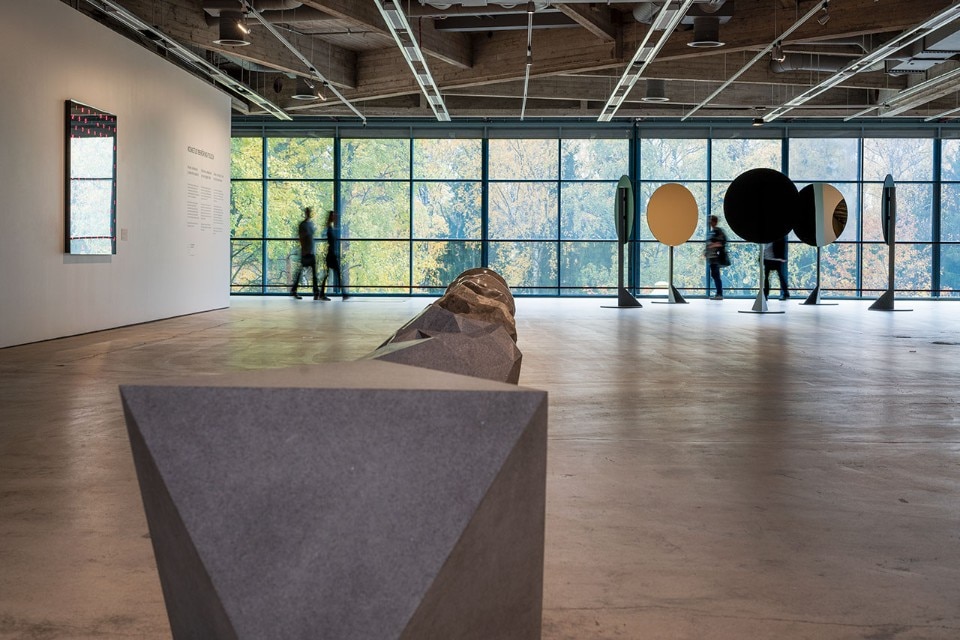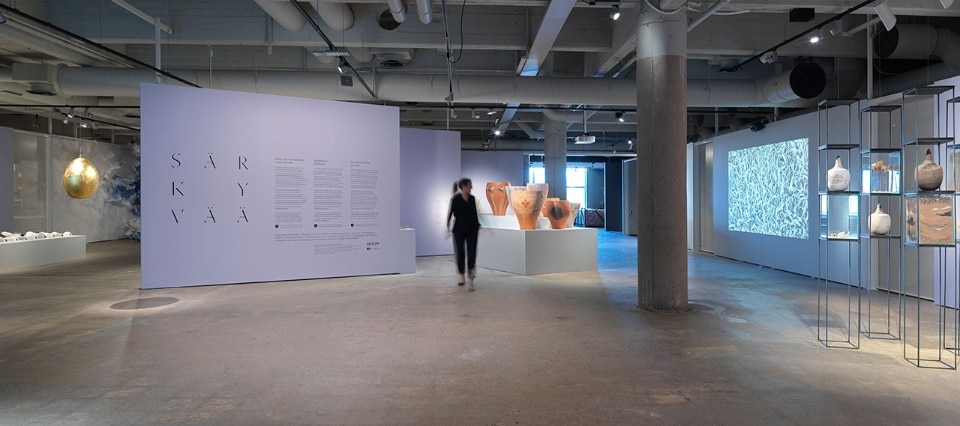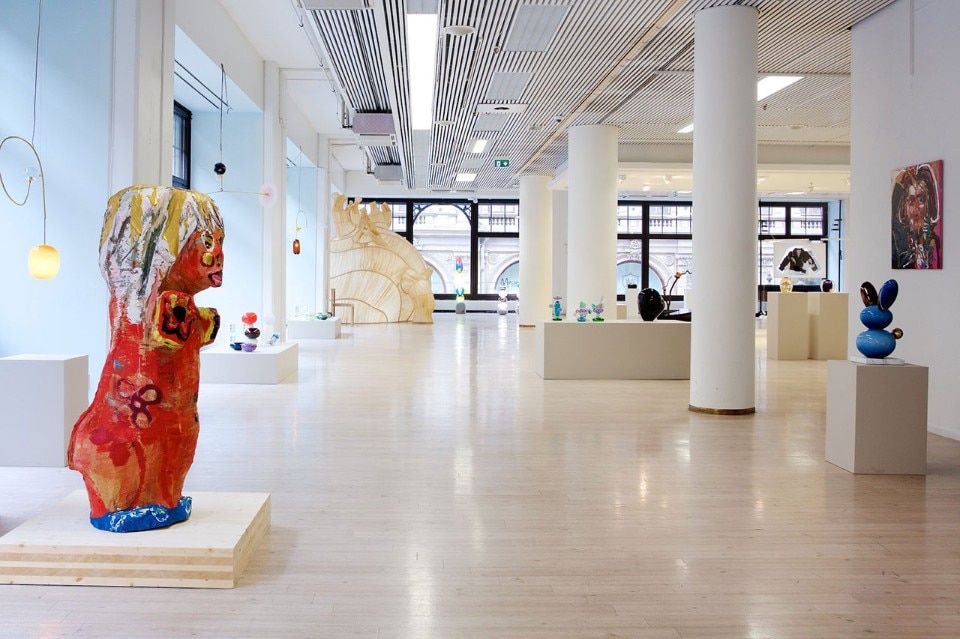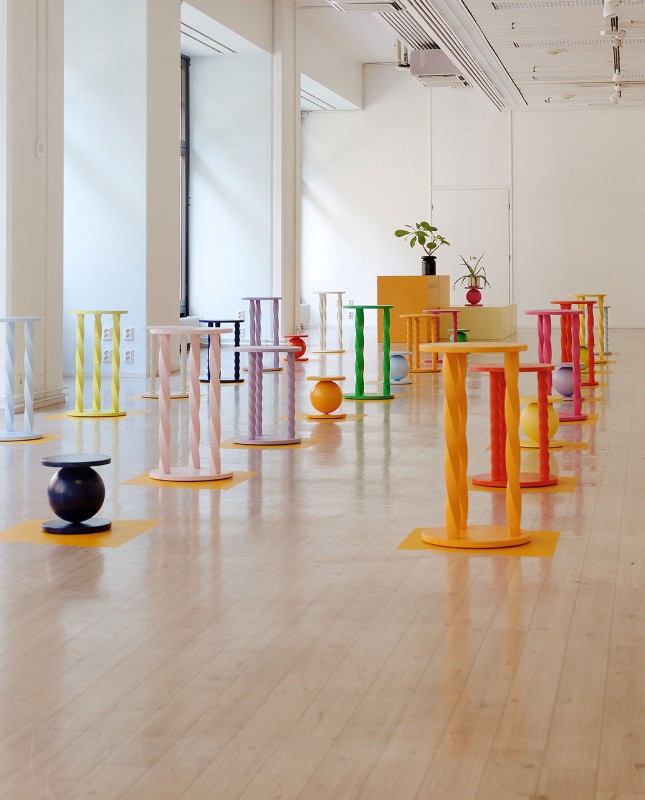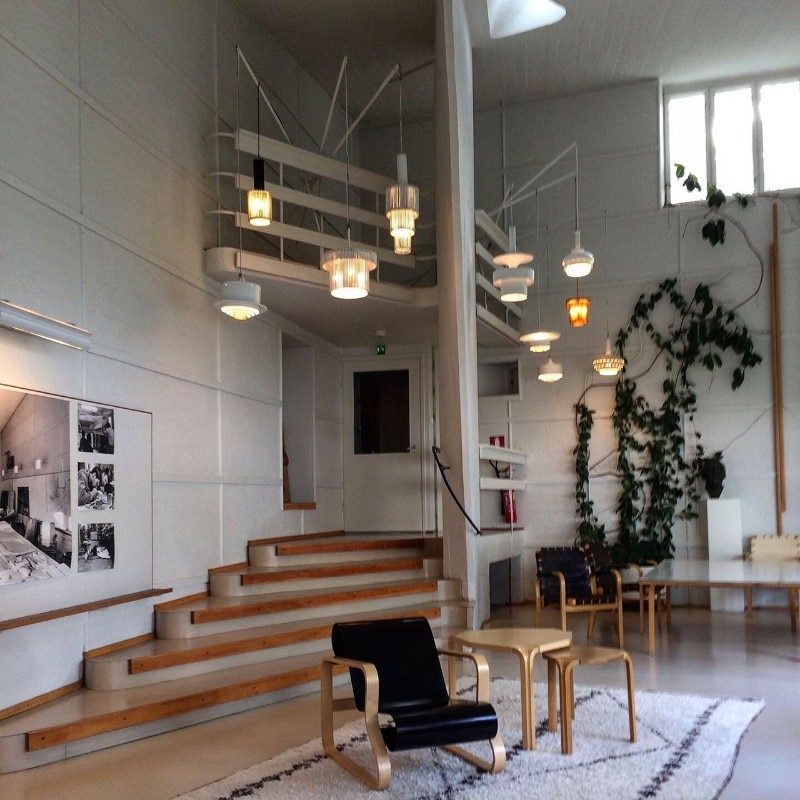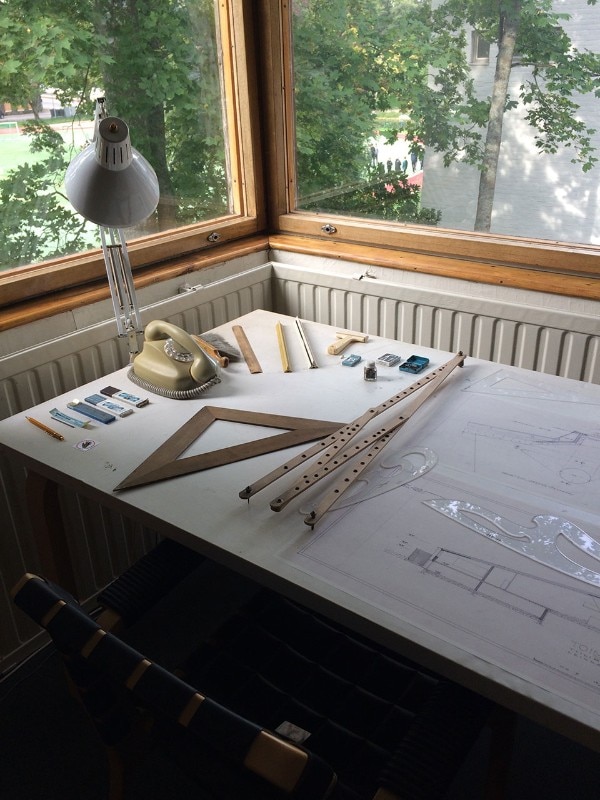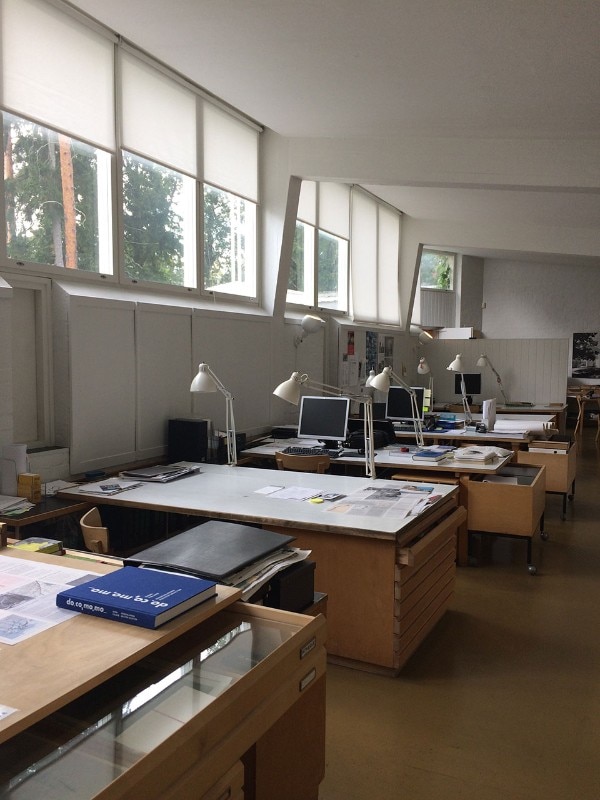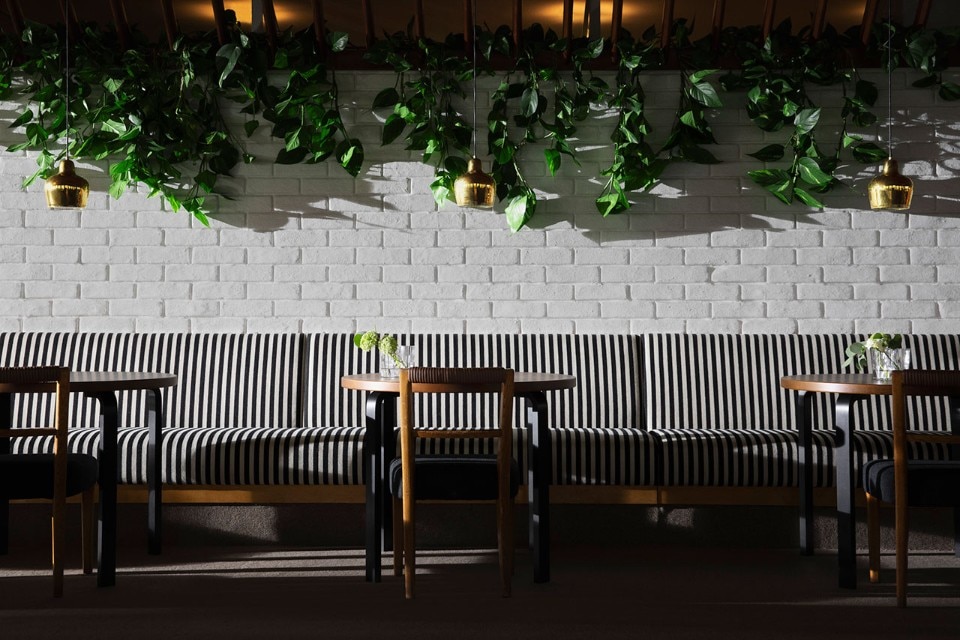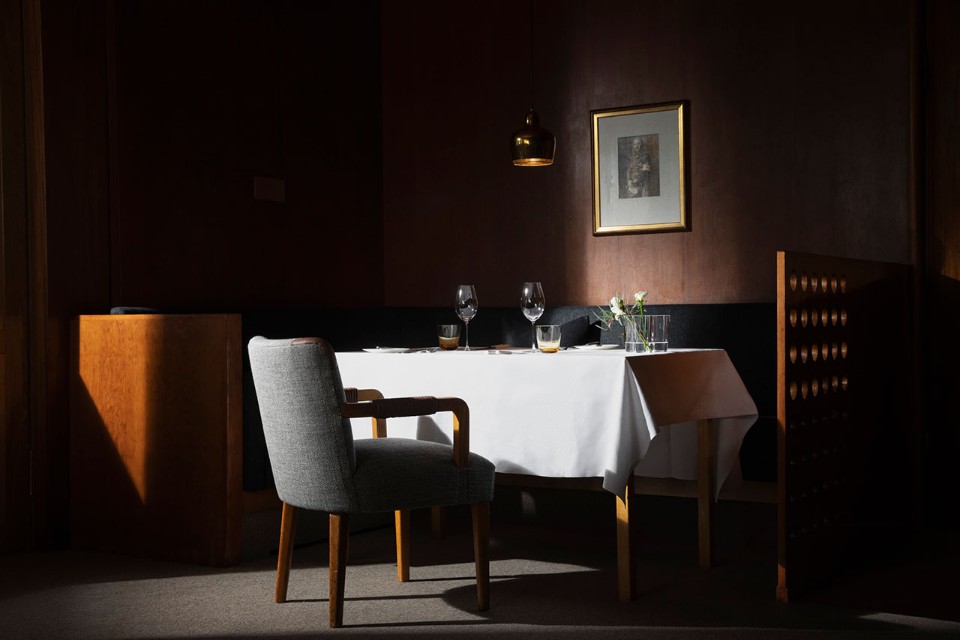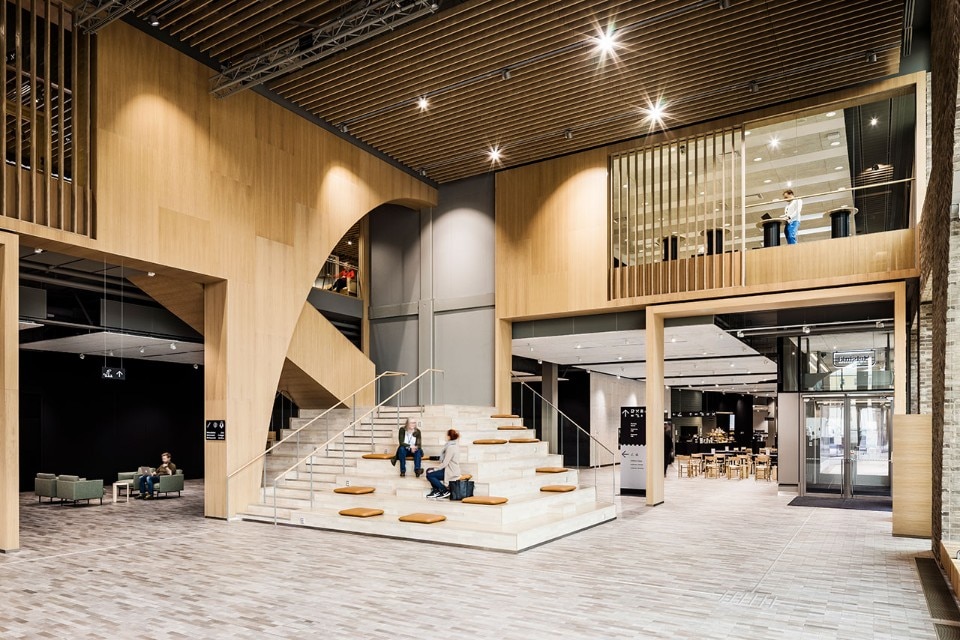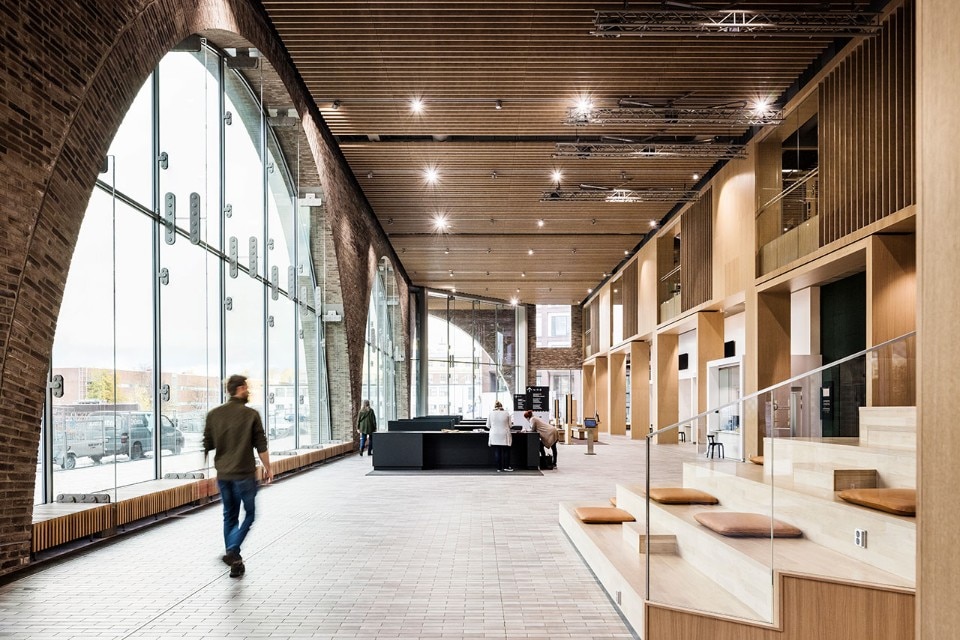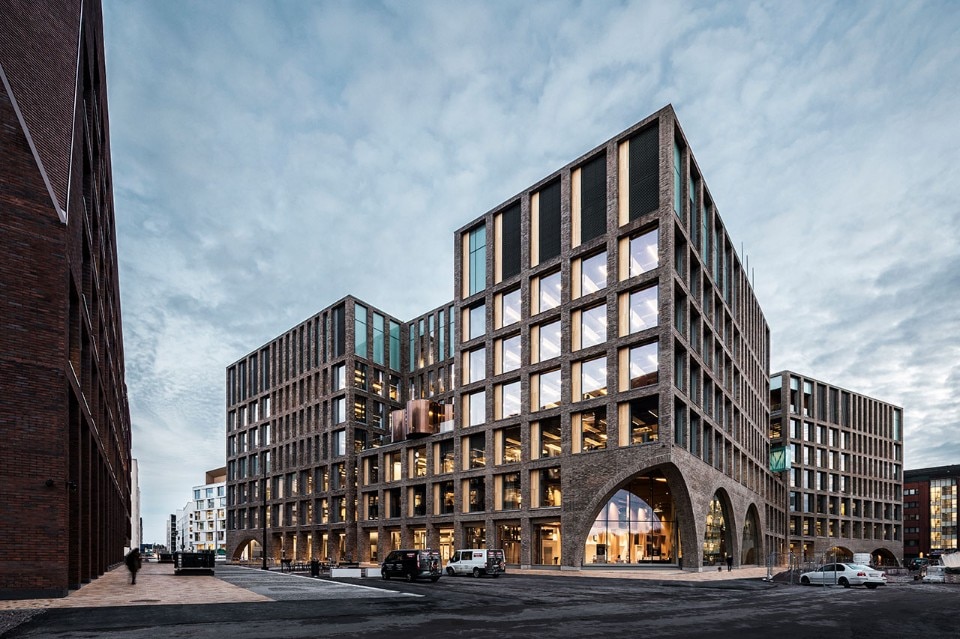In Finland, it is called sisu. It is the ability to react energetically to adverse conditions. As Canadian-Finnish journalist Katja Pantzar writes, it represents “a kind of everyday resistance, a constructive mindset, a bold attitude, feeling comfortable in discomfort”. It is precisely with this attitude that the local design community reacted when, in mid-August, the government imposed more restrictions on public events with more than 250 participants. Habitare – Finland’s biggest design fair, founded in 1970, and one of the biggest in Scandinavia – has been strongly affected, as well as the Helsinki Design Week – the biggest event of its kind in northern Europe since 2005 – that has been forced to reduce the number of exhibitions at its headquarters, the Art Nouveau Glasshouse building in the city centre, but not the numerous events scattered around the capital that try to answer the question posed by curator and founder Kari Korkman: “What is wise to design now?”.
Therefore, in mid-September, there was not the full-blown edition that everyone was waiting for, after last year’s stop imposed by the pandemic. However, fifteen days full of events, new projects, exhibitions in galleries and showrooms, hotel openings and new buildings confirmed the Finnish design scene as one of the liveliest and most interesting of the great North. A scene that reflects the lifestyle of a nation where cutting-edge technology (Finland is still the home of Nokia and Linux) goes hand in hand with a natural lifestyle disconnected from the Internet; where major resources are invested in society and education (it is the most literate nation in the world and the one with the highest number of books borrowed from libraries); where the focus is on the group and not the individual; and, finally, where gender equality is a given.
Forests and woodlands are everywhere, thanks also to the urbanisation that only took place in the 1950s and 1960s, and surround the capital, along with the sea and 330 islands. It is sisu, therefore, to take a swim in the sea in winter (even for a few seconds and then jump into the hot sauna). It is sisu to grow vegetables in community gardens or to aim determinedly for zero emissions before 2030. Finally, it is sisu to start from the failure of an ambitious international cultural operation, such as the Guggenheim Helsinki project (abandoned in 2016), and turn it into a local, participatory challenge. In Makasiiniranta, 83,000 square metres of land, now a port terminal and car park, the new Museum of Design and Architecture will be built thanks to the post-pandemic funds allocated by the government and the EU. However, not before involving the citizens, the various ministries and organising more than one public consultation and competition: for an outline plan and then for the actual project. If all goes well, it will open in 2025.
Opening photo: Majamaja, ecocabin by Littow Architects, Vuorilahdentie 1, Helsinki


